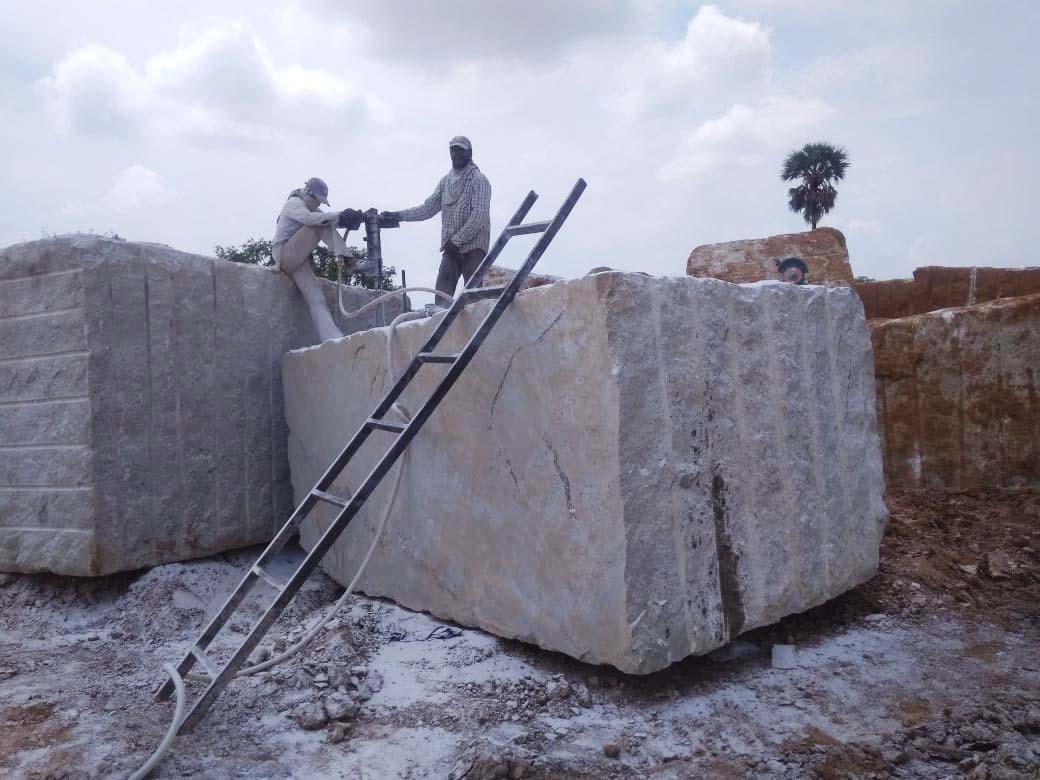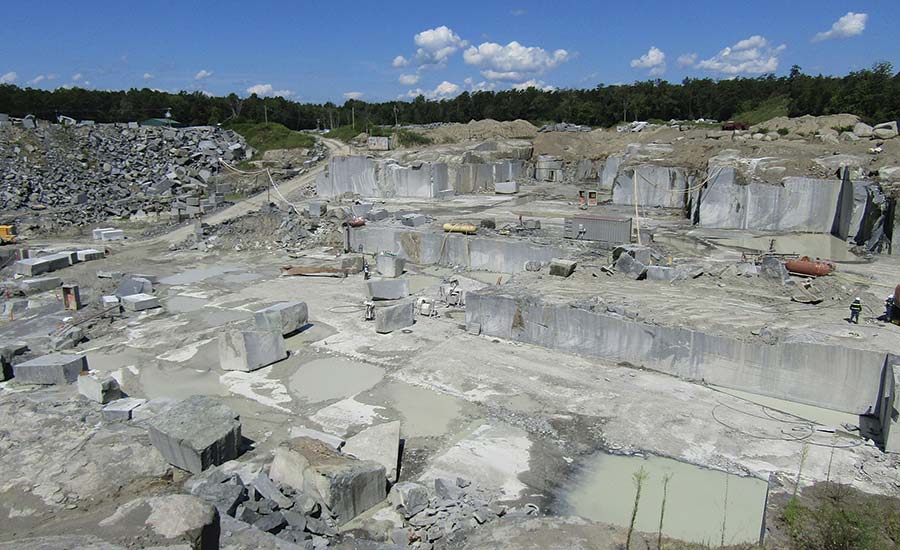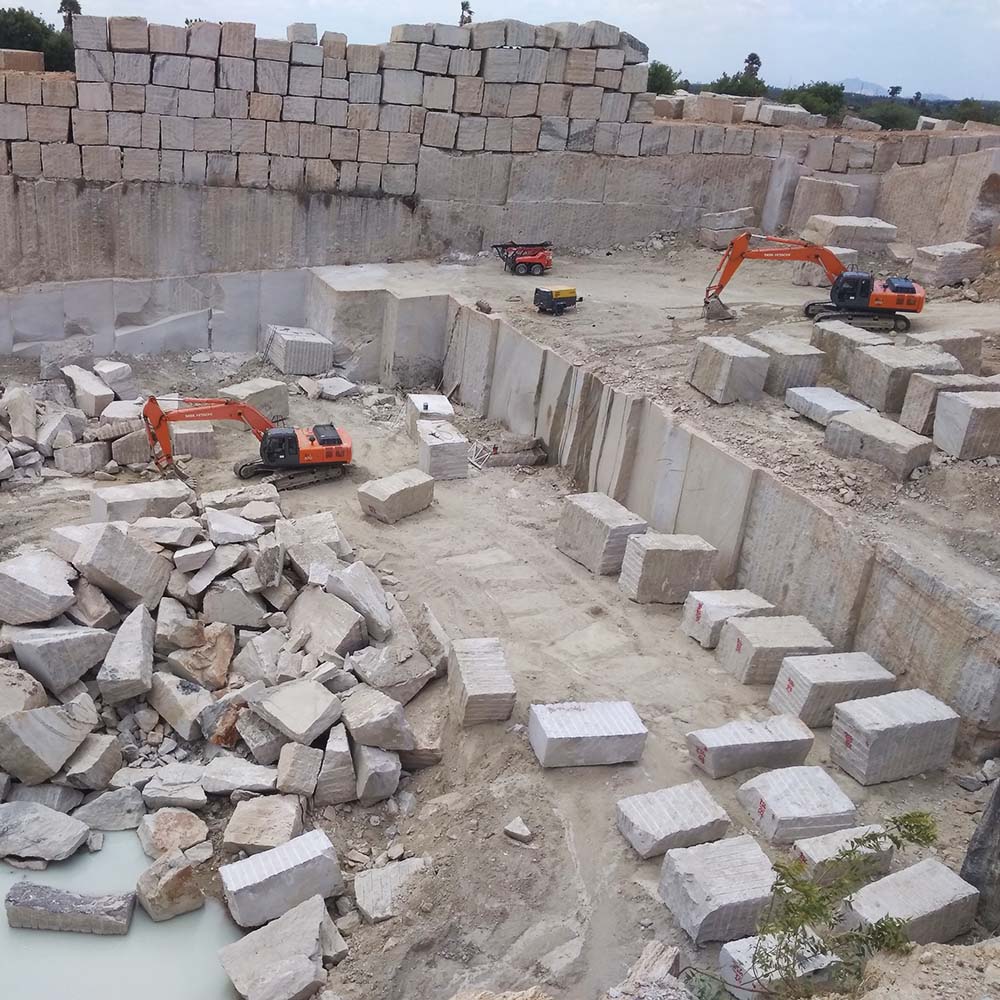Uncovering the Appeal of Granite Quarry in South Africa Wonders
Uncovering the Appeal of Granite Quarry in South Africa Wonders
Blog Article
Unearthing the Rich Background and Lasting Practices of Granite Quarrying
As we base on the precipice of uncovering the intricate tapestry of granite quarrying, a journey with time discloses not simply the physical act of removing stone but likewise the cultural and historic value woven into the extremely fabric of this technique. From the ancient origins that laid the structure for contemporary quarrying methods to the sustainable techniques that are shaping the future of this industry, each carve mark on granite surface areas tells a story waiting to be discovered (granite quarries in south africa). The legacy of granite quarrying extends far past mere extraction; it is a testament to human resourcefulness, resilience, and the enduring appeal of this marvelous stone
Old Beginnings of Granite Quarrying
Going back to old civilizations, the method of quarrying granite has actually been an important part of human background and building development. The earliest evidence of granite quarrying go back to old Egypt, where substantial pyramids and intricate sculptures were crafted from this long lasting rock. The Egyptians used primitive devices to extract granite blocks from quarries, showcasing the significance of this product in their huge buildings.
Moving on in history, the Greeks likewise made considerable contributions to the quarrying of granite. The Greeks used granite in numerous building marvels, such as temples and statues, showing their skill in shaping and carving this sturdy rock. The Romans further refined the methods of quarrying granite, employing advanced tools like knives and hammers to essence and shape granite for their iconic structures.
Through the centuries, the practice of quarrying granite has advanced, with modern technologies boosting performance while maintaining the classic appeal of this all-natural rock - granite quarries in south africa. From old civilizations to modern home builders, the heritage of granite quarrying proceeds to shape our world
Advancement of Quarrying Methods
The advancement of quarrying techniques has actually been marked by a continuous progression in the direction of higher efficiency and accuracy in removing granite. Early quarrying techniques involved manual labor with standard tools such as knives, hammers, and wedges to draw out granite blocks from the planet.
In more recent times, the arrival of machinery transformed the quarrying industry, allowing much faster extraction rates and increased efficiency. Technologies such as ruby cable saws, high-pressure water jets, and pneumatic drills have become typical in modern quarries, enabling specific cutting and reduced waste. Moreover, advancements in computer-controlled tools and 3D modeling have maximized quarrying operations, causing marginal environmental influence and improved sustainability practices. As the need for granite continues to increase, the evolution of quarrying methods stays integral to meeting sector needs efficiently and sustainably.
Social Relevance of Granite
Granite holds an extensive cultural value throughout numerous human beings due to its enduring visibility in building masterpieces and respected monuments. From the majestic pyramids of Egypt to the complex makings of the Angkor Wat holy place in Cambodia, granite has been a product of option for revealing magnificence and longevity in cultural heritage. In ancient Rome, granite columns decorated temples and public buildings, representing strength and durability. The social importance of granite prolongs past its physical features; it personifies resilience, security, and eternity, making it a sign of sustaining legacies and traditions.

Sustainable Practices in Quarrying
In the middle of the abundant history of granite quarrying and its social importance lies an expanding emphasis on sustainable practices within the industry. As ecological recognition and issues concerning resource exhaustion have actually heightened around the world, the quarrying sector has actually progressively accepted sustainable approaches to reduce its influence on the setting and surrounding neighborhoods.

Furthermore, recovery and recovery of quarry websites post-extraction are integral to lasting methods. By recovering quarried locations to a natural or valuable state, such as developing wild animals environments or recreational spaces, quarriers can counter the environmental impact of their operations and add positively to the regional ecosystem.
Legacy of Granite Quarrying
With a historical background steeped in craftsmanship and industrial progress, what withstanding impact has granite quarrying left on the landscape of contemporary society? The legacy of granite quarrying transcends mere extraction techniques; it has shaped architectural marvels, city landscapes, and cultural heritage worldwide. The resilient nature of granite has made it a favored selection for monuments, structures, and framework, standing as a testament to the ability and virtuosity of quarry workers throughout generations.
Furthermore, the economic footprint of granite quarrying can not navigate to these guys be neglected. The market continues to give employment opportunities and drive regional economic situations in regions where granite removal is widespread. It has additionally stimulated technical innovations in quarrying techniques and equipment, bring about much more efficient and sustainable methods.
In regards to sustainability, the tradition of granite quarrying consists of initiatives to mitigate environmental effects with improvement jobs and responsible source monitoring. By stabilizing financial rate of interests with environmental stewardship, the industry makes every effort to make certain that future generations can remain to profit from this long-lasting natural deposit.
Verdict

Report this page